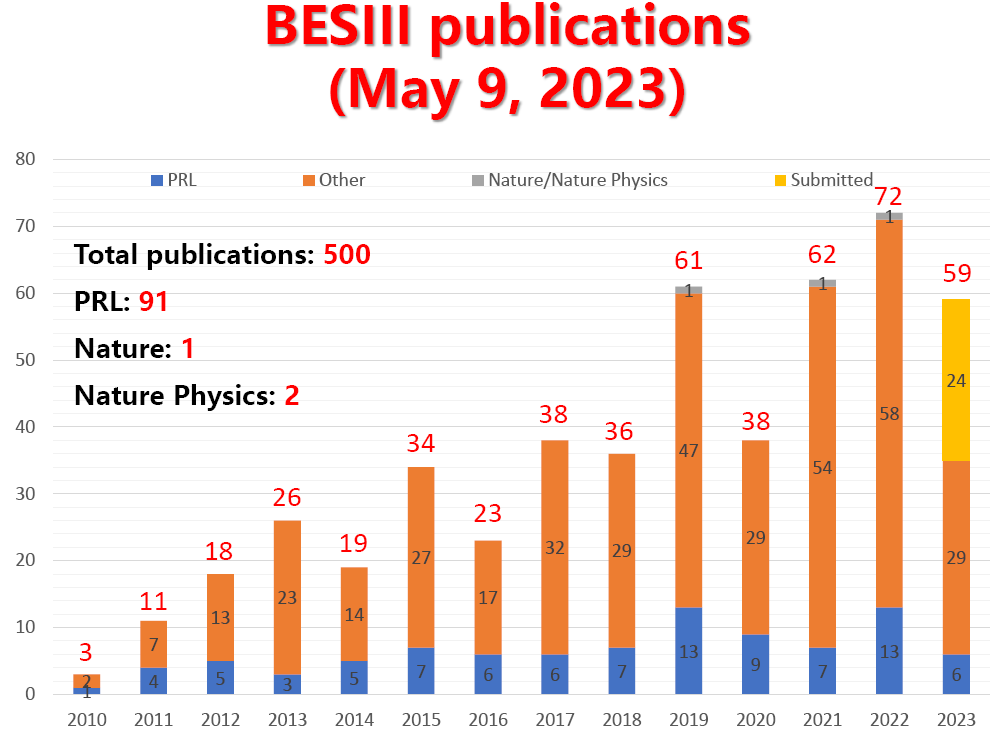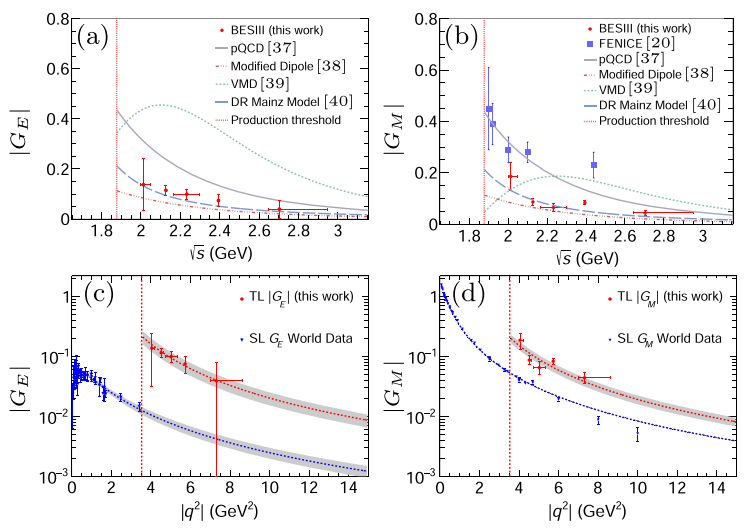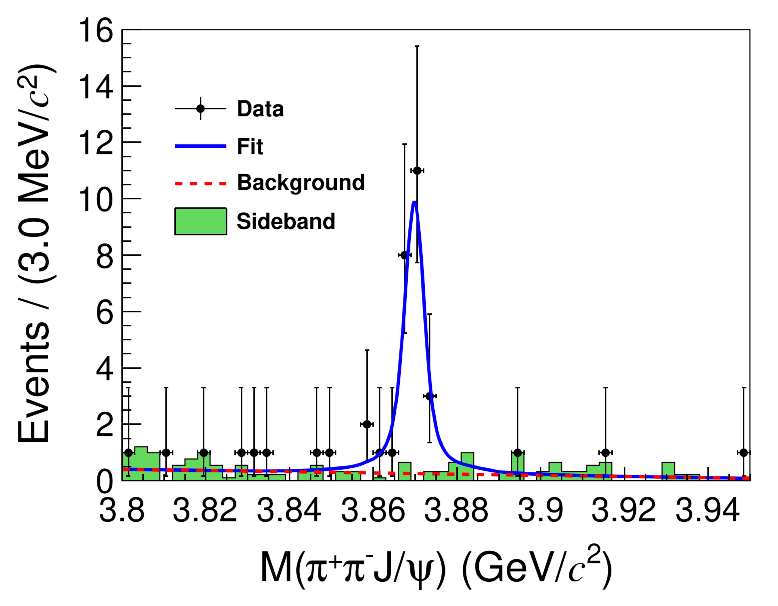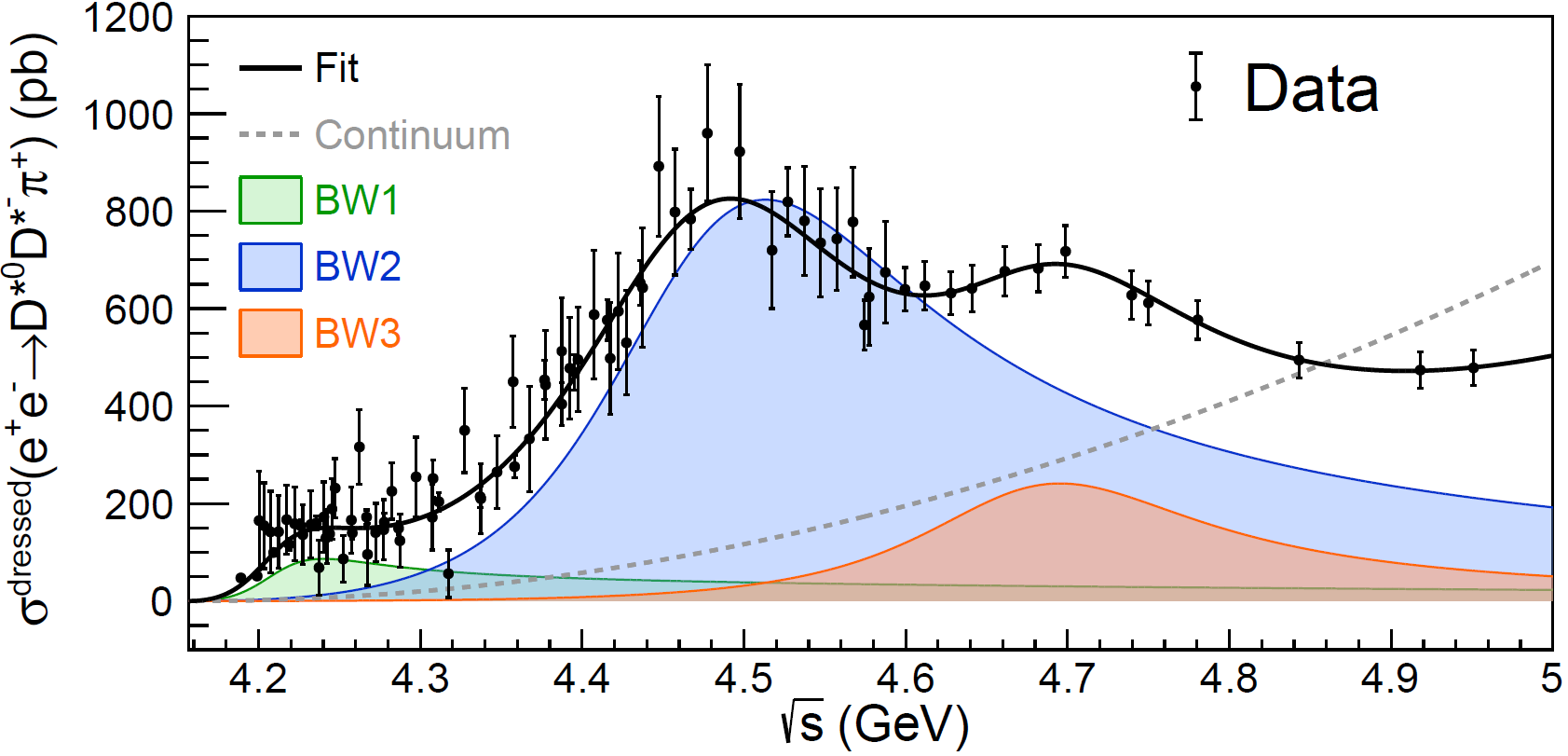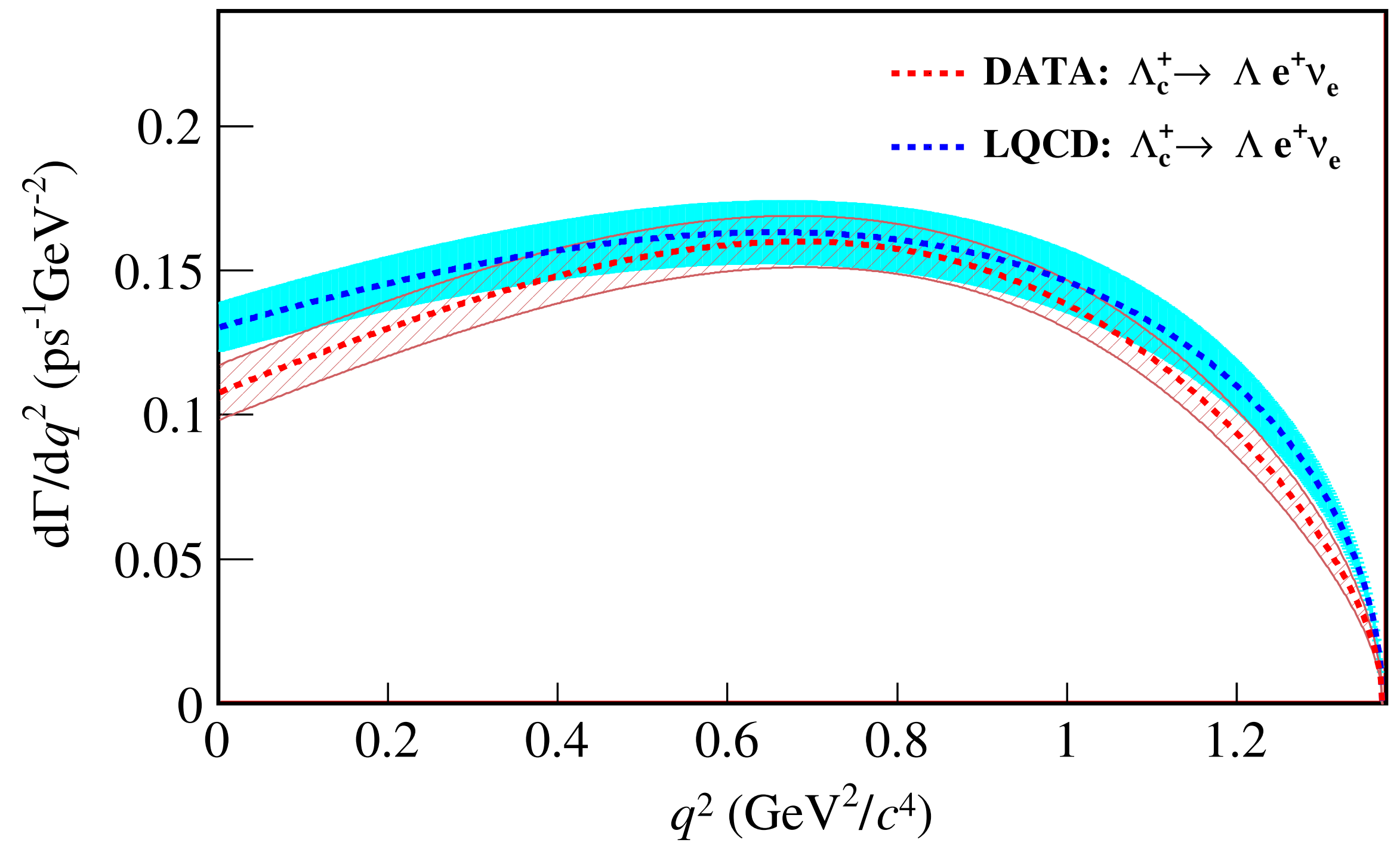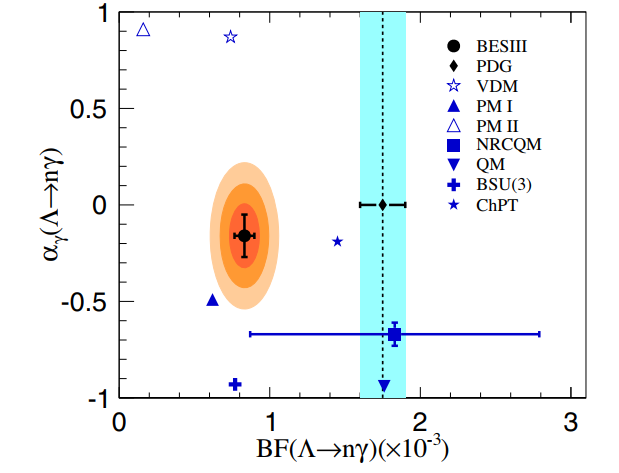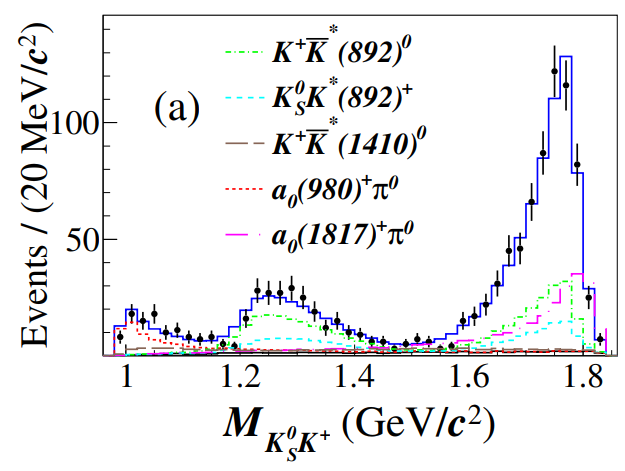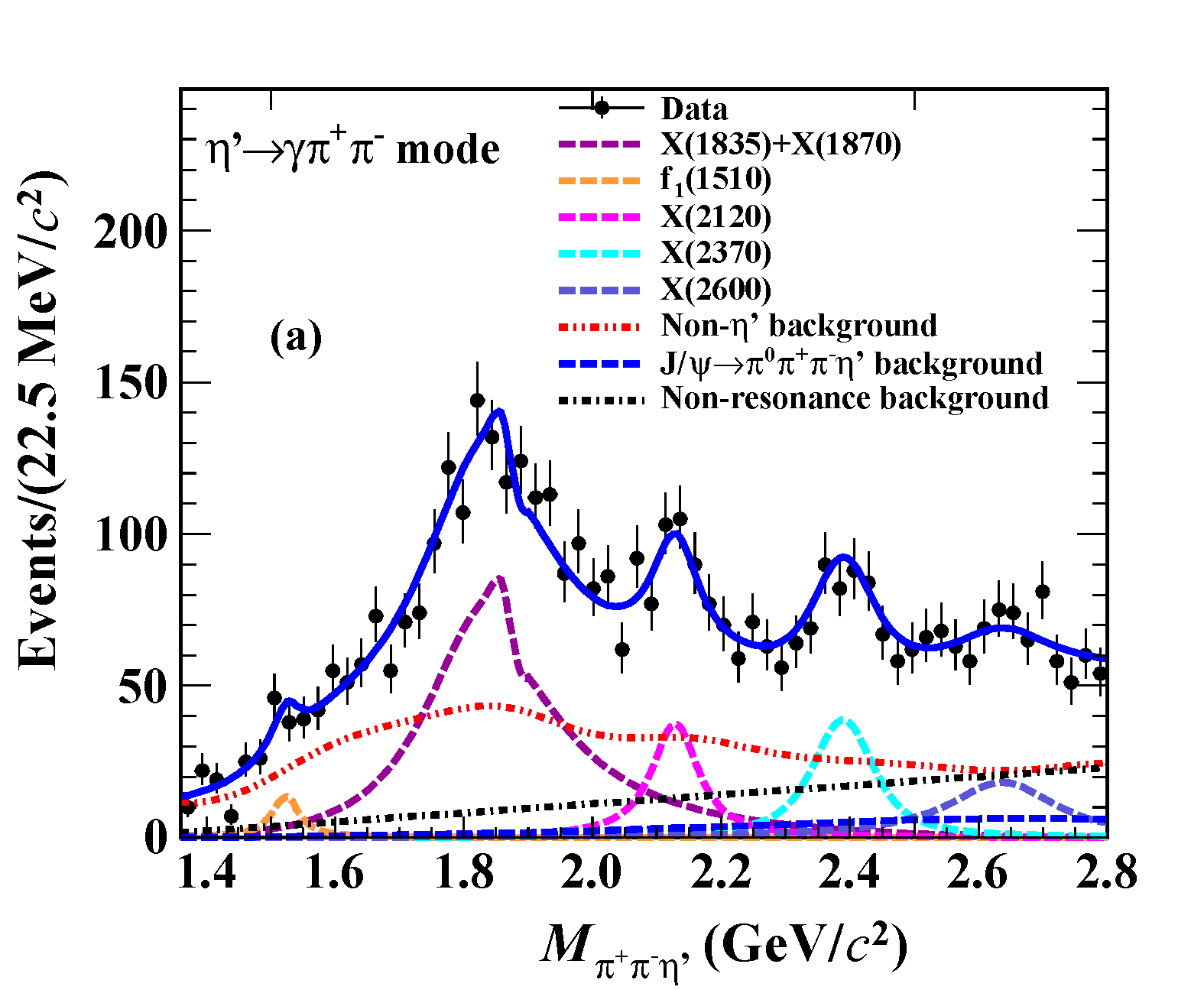Observation of Three Vector Charmonium-like States decaying into D*0 D*- π+ in e+ e- annihilations
The BESIII collaboration recently reported “observations of three vector charmonium-like states with JPC=1-- decaying into D*0D*-π+ produced in e+e- annihilations in the energy range from 4.19 GeV to 4.95 GeV”. The masses of the three resonance states are found to be around 4.21 GeV, 4.47 GeV and 4.68 GeV, respectively, with broad widths larger than 50 MeV. They are candidates of exotic hadrons beyond conventional meson, as no c-cbar charmonium states predicted in quark model are consistent with these new findings. The results have been published in Physical Review Letters on March 23th, 2023. [Phys. Rev. Lett. 130, 121901 (2023)].
